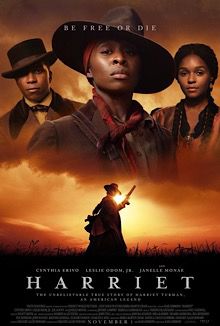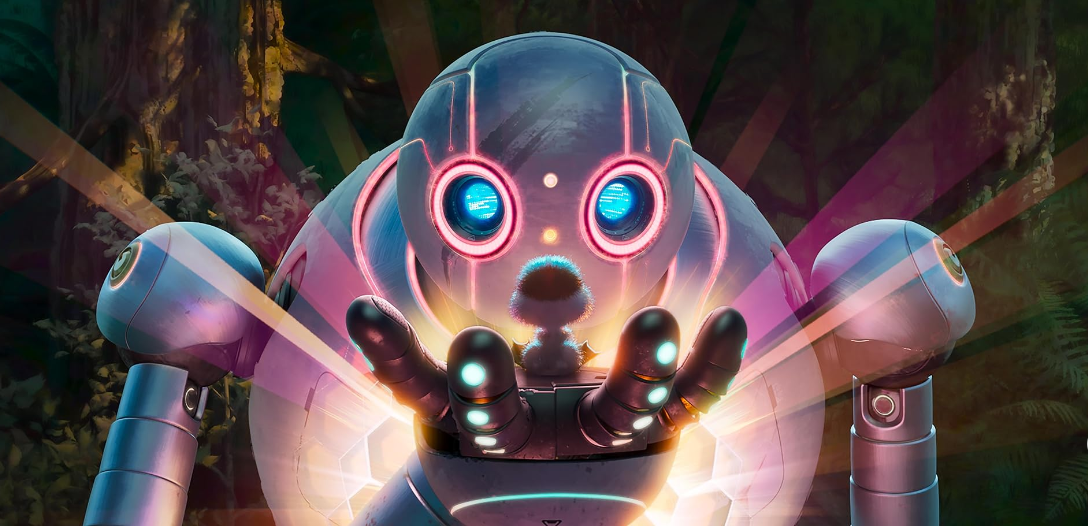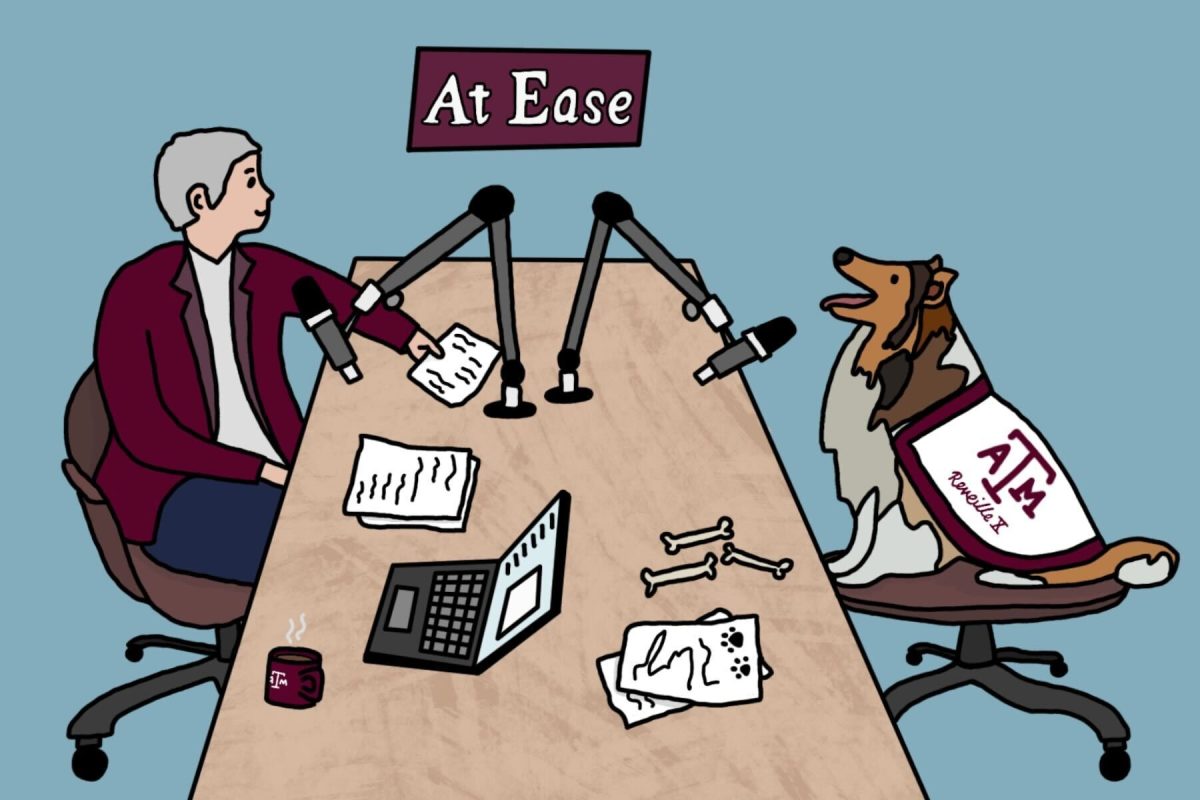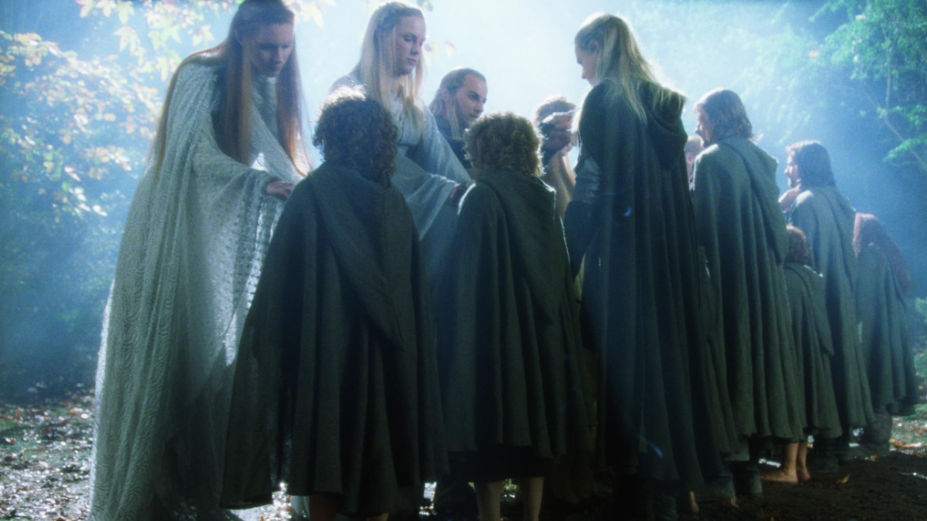Spoiler alert: Harriet Tubman (Cynthia Erivo) escapes from bondage, saves 300 slaves during successive trips to the South and frees 750 more during the Civil War. Hopefully one learned all that in middle school. But therein lies “Harriet’s” central problem: As a critic once said after reading yet another middling biography on Abraham Lincoln, “What’s new isn’t interesting and what’s interesting isn’t new.”
That’s something of a feat given “Harriet’s” two-hour runtime — and the fact that Tubman doesn’t get the Hollywood treatment nearly as often as Lincoln. It accomplishes this by skittering from one historic moment to the next, doing so with such rapidity that little is ever dwelt upon. For example, the film flirts with the fact that Tubman’s husband (a free man) is skittish about having children born into slavery, but its effect on Tubman’s marriage is brought up and dismissed within the same scene. It is “Harriet’s” turn at a perennial problem with biopics: In trying to show us everything, we end up appreciating nothing.
In fact, it’s slavery — its ramifications on the family, the body, and the soul — that is most noticeably short-changed. Sure, there’s a racial epithet here and a racial epithet there (and to “Harriet’s” credit, unlike Django Unchained, the film uses the n-word sparingly, so that it never loses its punch). But the result is that the film is made tame, as if the viewer isn’t sitting in a movie theater where anything is possible, but comfortably in their homes watching Masterpiece Classic. There’s something improper, even sacrilegious, about a film which aims to depict the horrors of slavery yet could be shown on public access television unedited.
This isn’t to say the film is awful. It’s competent. It’s there. Some of it is even worthy of recommendation.
Erivo transitions gracefully from stage to screen; she is generally unplagued by the over-acting which haunts many stage actors when they transition to the more intimate medium of film. (Incidentally, several years ago I saw Erivo on Broadway as Celie, the lead character in The Color Purple, for which she won a Tony Award. Erivo was the standout, performing eight shows a week and occasionally running a half-marathon before doing so. In “Harriet,” her athleticism gives weight to the scenes in which she and those she shepherds evade slave catchers.)
The film’s color scheme is also noteworthy. Director of Photography John Toll and Costume Designer Paul Tazewell shoot and costume the film in various shades of blue. Practically speaking, it’s a great way to show black people in the dead of night, something with which Hollywood has historically struggled. But here it’s more than that. The first thing one notices about the film is the color blue. Tubman’s life-saving visions (more about which anon) are tinted with cyan. The first home Harriet sees after escaping, perched upon a beautiful Maryland hilltop, is painted with a striking dark blue. The anti-slavery society has blue walls and the first three dresses in which we see Tubman, now free, are all different variations on the same. The color is evocative of freedom. It is the blueness of the free sky and of the water through which she treads toward safety. It is the blue uniform of the Union Soldier.
So the problem with “Harriet” isn’t necessarily the individual elements — though one or two occasionally fall flat because of the film’s pacing. It is instead that the individual elements don’t work together in concert. It’s a symphony in which one section is playing Beethoven, another is playing Mozart and still another is playing Mahler. For some reason Nina Simone is involved.
No element of the film displays this dissonance quite as vividly than the way in which “Harriet” depicts Tubman’s visions. Though their inclusion is historically accurate — as a child, Tubman suffered a brain injury which resulted in “premonitions” that she interpreted as God showing her the way towards freedom — “Harriet” interprets this history literally. It doesn’t sit well within the broader themes of the movie. Her visions-cum-seizures interrupt rather than augment.
These issues fall largely at the feet of director Kasi Lemmons. There is enough here such that charging Lemmons with incompetence feels over the top. It instead seems like the movie, with its myriad strands, merely got away from her.
But the result is that “Harriet” the movie is subpar while Harriet Tubman the woman was great. The gulf between the two will only add to the disappointment one feels when watching the film which bears her name.
‘Harriet’: Disappointing and disorganized
November 12, 2019

Photo by Creative Commons
Harriet Review
0
Donate to The Battalion
$90
$2500
Contributed
Our Goal
Your donation will support the student journalists of Texas A&M University - College Station. Your contribution will allow us to purchase equipment and cover our annual website hosting costs, in addition to paying freelance staffers for their work, travel costs for coverage and more!
More to Discover















